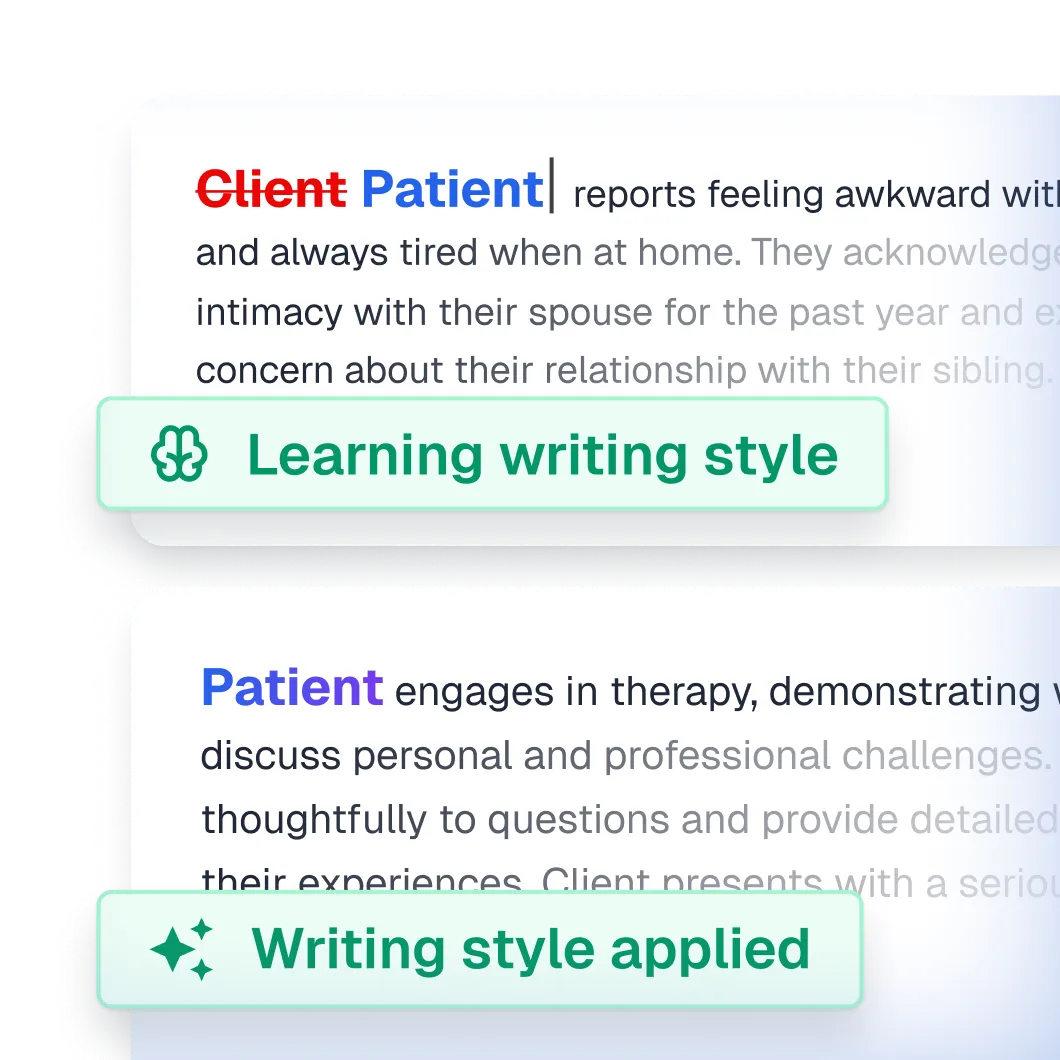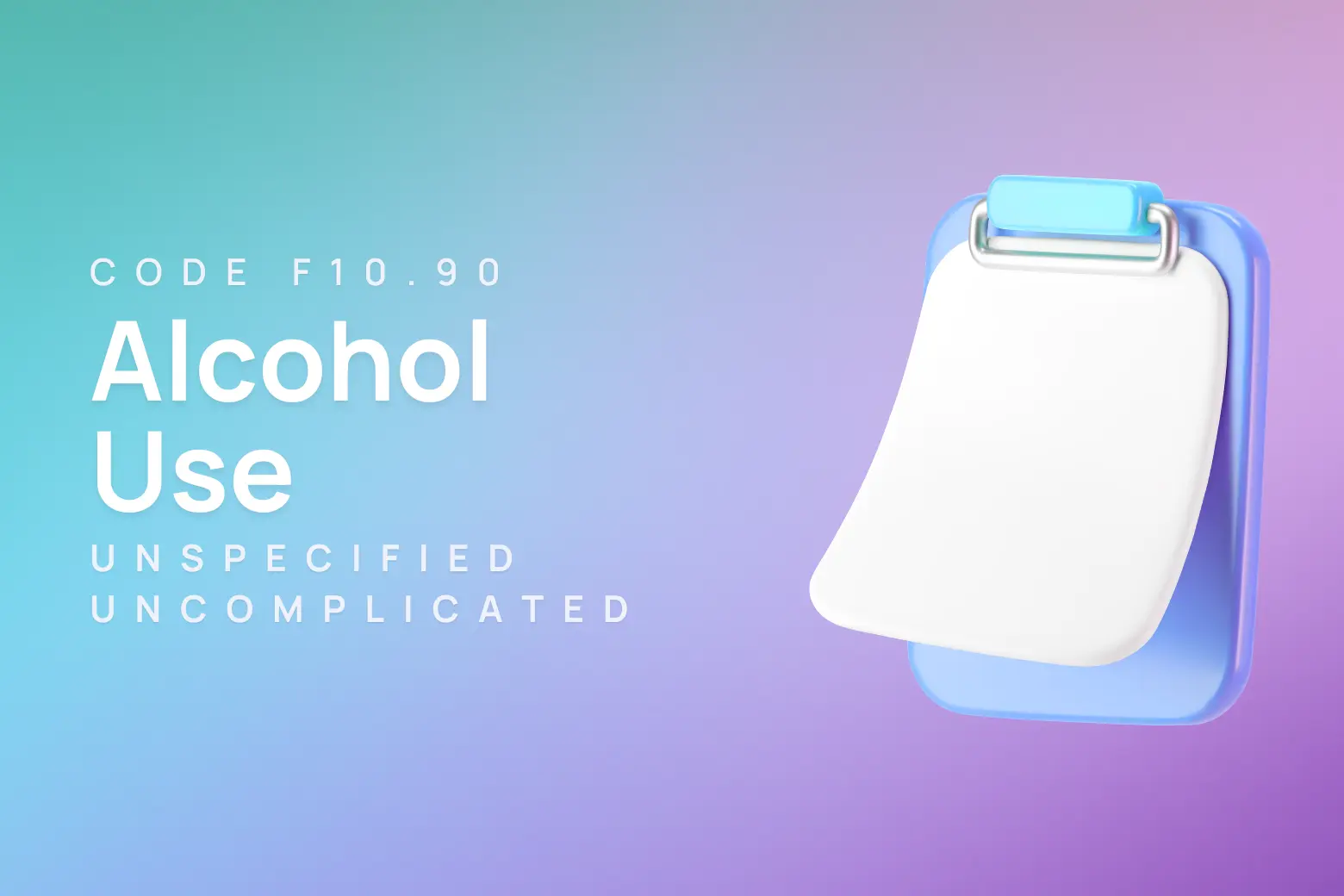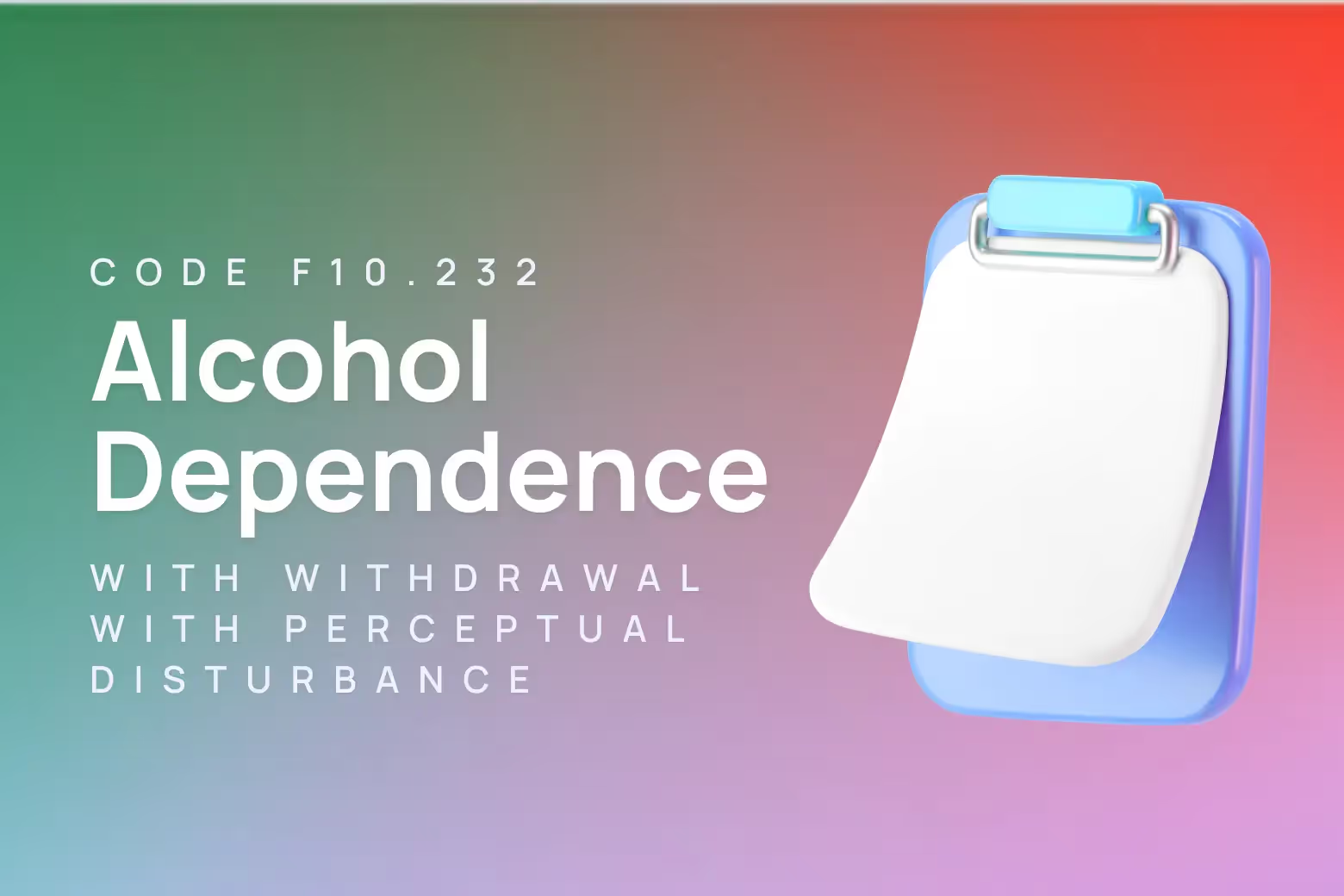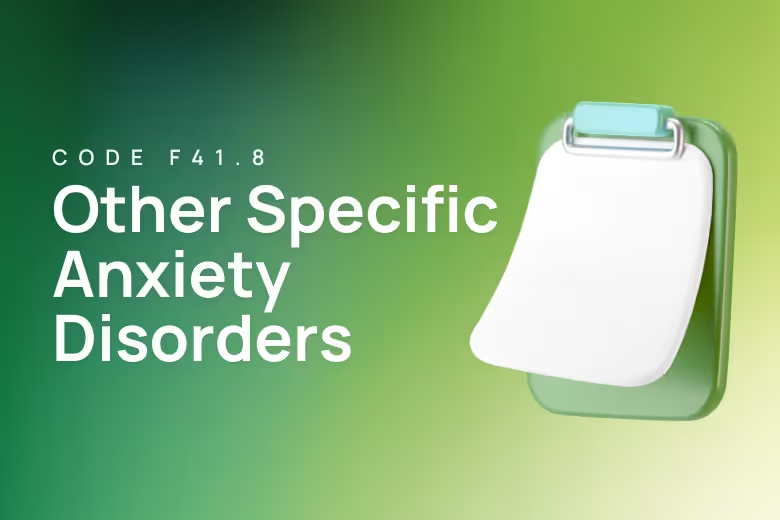ICD-10 code for obsessive-compulsive disorder (OCD)
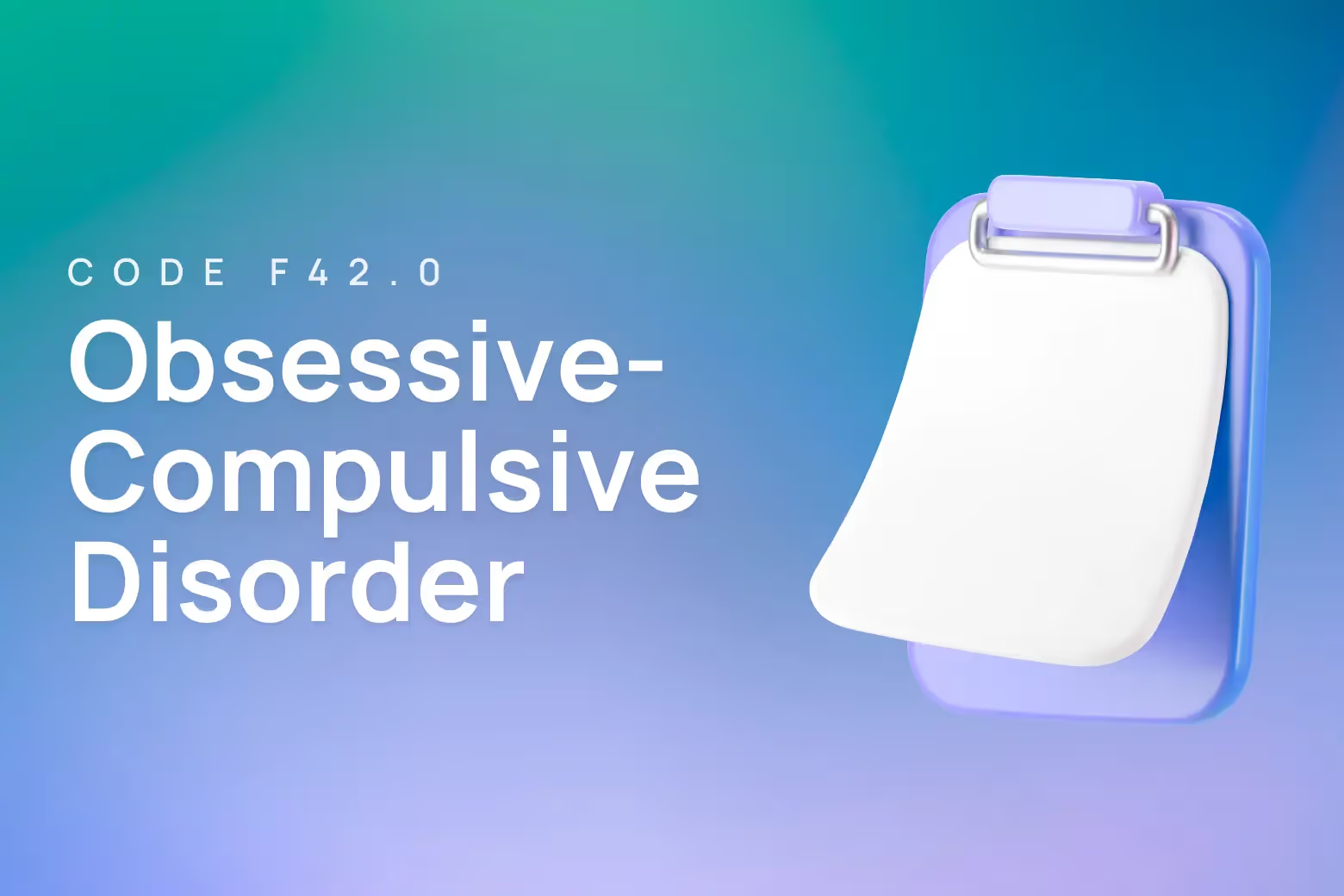
Obsessive-compulsive disorder (OCD) has a cruel signature: it targets what we value most. Behind the clinical terminology lies a profound human struggle, where cherished relationships, deeply-held values, and everyday joys become battlegrounds for unwanted thoughts and compulsive responses. While individuals experiencing these symptoms often suffer in silence, there is hope - with proper diagnosis and treatment, OCD symptoms can be effectively managed.
The ICD-10 code for obsessive-compulsive disorder is F42.0. This code appears within the mental, behavioral and neurodevelopmental disorders (F01-F99) chapter, specifically in the anxiety disorder section alongside other conditions like phobias, panic disorder, and generalized anxiety disorder.
OCD affects 2-3% of the population across diverse cultures. The disorder is characterized by persistent, unwanted thoughts, urges, images or doubts (obsessions) and/or repetitive behaviors and mental acts (compulsions) that significantly interfere with daily functioning.
When to use F42.0 for obsessive-compulsive disorder
The F42.0 code should be used when a patient presents with both obsessive thoughts and compulsive acts.
F42.0 is a general diagnosis of OCD that can be thought of as an umbrella classification covering many different subtypes. It can include only obsessions, only compulsions, or both. This code is commonly used initially when there is enough justification to warrant presence of OCD, but when details aren’t yet clear as to the extent of the presence of more balanced symptomology.
For proper coding and compliance, it's important not to confuse OCD with related but distinct conditions.
OCD vs related diagnoses
Predominantly obsessional thoughts vs. mixed obsessional thoughts and acts
The code F42.0 applies to presentations marked by ideas, mental images, or impulses to act that are nearly always distressing to the person. A key feature is indecisive, endless consideration of alternatives, paired with difficulty making even minor daily decisions. F42.0 should only be diagnosed when these thoughts arise or persist independently of a depressive episode.
Code F42.2, by comparison, captures cases where both obsessional thoughts and compulsive acts are present in significant measure. When clients experience both the mental distress of intrusive thoughts and engage in observable compulsive behaviors, F42.2 is the more appropriate diagnostic code.
OCD vs generalized anxiety disorder (F41.1)
While OCD and Generalized Anxiety Disorder (GAD) are both anxiety-related conditions that can co-occur, they are distinct diagnoses requiring different treatment approaches. OCD is specifically characterized by intrusive obsessions and corresponding compulsive behaviors or mental acts designed to reduce anxiety.
OCD vs obsessive-compulsive personality disorder (F60.5)
OCPD involves a persistent pattern of perfectionism, orderliness, and control without the intrusive thoughts and ritualistic behaviors characteristic of OCD. Unlike OCD, individuals with OCPD typically don't find their behaviors distressing — they see them as correct and necessary.
Other ICD-10 codes for OCD-related disorders
- F42.3 Hoarding disorder
- F42.4 Excoriation (skin-picking)
- F42.9 OCD (unspecified)
Common CPT codes for OCD treatment
Psychiatric diagnostic evaluation
A comprehensive psychiatric diagnostic evaluation helps clinicians understand the specific ways OCD affects a person's life. This initial assessment, billed under CPT code 90791, establishes the foundation for effective treatment planning.
This comprehensive assessment typically involves gathering detailed history about obsessive thoughts and compulsive behaviors, their impact on functioning, family history, and any previous treatments. The evaluation helps distinguish OCD from other anxiety disorders and determines the best course of treatment.
Psychotherapy sessions
Individual psychotherapy, particularly Exposure and Response Prevention (ERP), is a primary treatment for OCD. The CPT codes for individual therapy sessions vary based on duration:
- 90832: 30-minute psychotherapy session
- 90834: 45-minute psychotherapy session
- 90837: 60-minute psychotherapy session
ERP has been shown to be highly effective for OCD treatment. During these sessions, patients gradually confront feared situations while learning to resist compulsive responses, helping to break the cycle of obsessions and compulsions.
Psychotherapy with medication management
For patients receiving both psychotherapy and medication management, use these add-on codes with the appropriate evaluation and management service code:
- 90833: 30-minute psychotherapy with E/M services
- 90836: 45-minute psychotherapy with E/M services
- 90838: 60-minute psychotherapy with E/M services
This combination treatment approach may be particularly beneficial for patients with OCD symptoms.
Supporting clients with OCD
Despite how challenging OCD symptoms can be, there is significant hope for individuals seeking treatment. With proper diagnosis and evidence-based interventions like ERP and medication when indicated, many people experience substantial reduction in their symptoms and improved quality of life.
For healthcare providers, maintaining accurate and compliant clinical documentation is crucial for ensuring proper treatment and continuity of care. However, the administrative burden of detailed documentation can take valuable time away from direct patient care.
Upheal is an AI-powered clinical documentation platform that helps mental health providers streamline their workflow while maintaining high-quality notes. With automated suggestions for diagnostic codes and customizable note templates that align with best practices, Upheal helps you spend less time on paperwork and more time supporting your clients.


